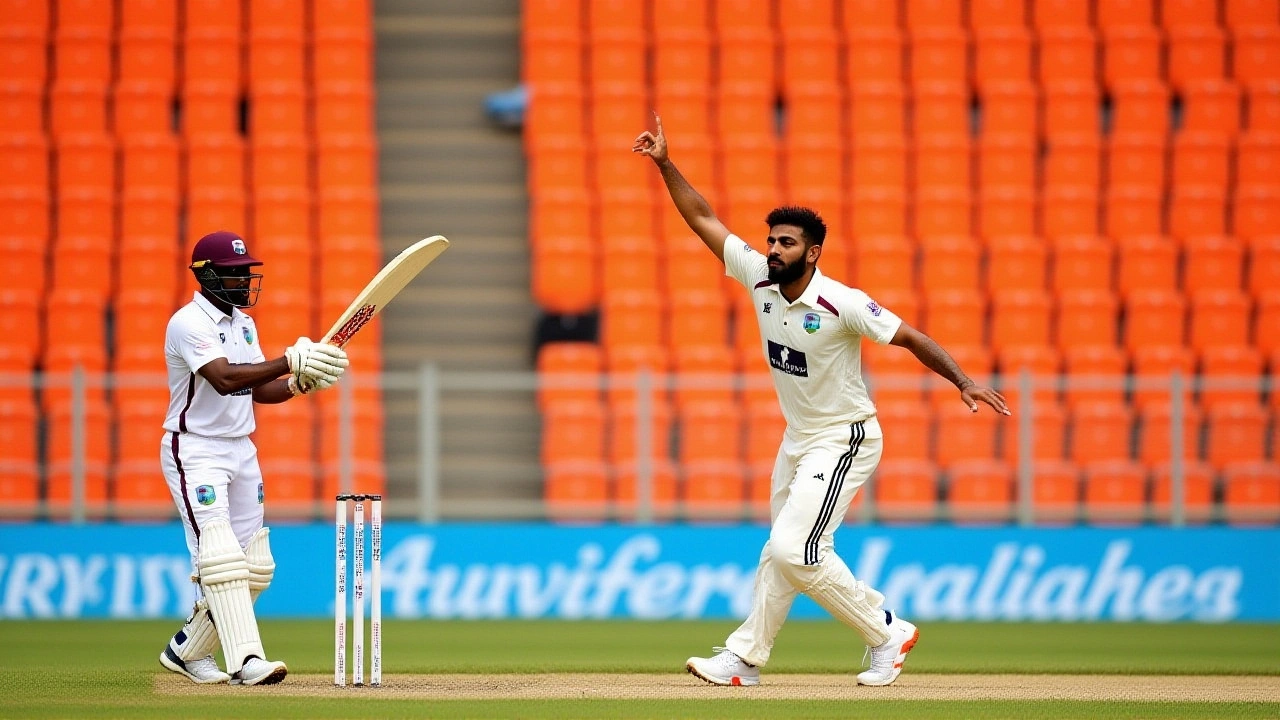Test cricket venue: everything you need to know
When you look at a Test cricket venue, a stadium approved for five‑day international matches, you also have to consider the cricket ground, the entire site that houses stands, media boxes and player facilities, the pitch, the 22‑yard strip whose grass, moisture and bounce dictate how the game unfolds, the stadium capacity, the number of spectators the venue can safely accommodate and the International Cricket Council, the governing body that certifies and monitors venue standards.
Test cricket venue encompasses a blend of infrastructure, natural surface and regulatory compliance. A venue requires a high‑quality pitch; the pitch influences match outcome by affecting spin, seam and bounce. Stadium capacity affects spectator experience – larger crowds can boost player morale, just like the atmosphere Arsenal created at Vale Park during their Carabao Cup win. The ICC sets clear criteria, so a venue must meet safety, media and playing‑surface standards before it can host a Test match.
Pitch preparation is an art that mirrors track preparation in motorsports. Just as a racing circuit needs the right grip and low centre of gravity to keep cars stable at speed, a cricket pitch must balance firmness and moisture to give bowlers and batters a fair fight. Groundskeepers study soil composition, grass species and watering schedules, much like engineers tune a race‑track surface for optimal traction.
Stadium capacity isn’t just a number; it shapes the vibe on match day. A 30,000‑seat arena can generate the roar that lifts a batting collapse, while a more intimate 10,000‑seat ground offers a closer connection between fans and players. This parallels football venues where squad depth shines, as seen when Arsenal rotated players and still secured a win. Bigger crowds also mean more revenue, which helps fund better facilities and pitch upkeep.
The ICC’s role goes beyond ticking boxes. It conducts regular inspections, mandates drainage systems to handle rain delays, and enforces lighting standards for day‑night Tests. These guidelines ensure that every Test cricket venue offers a consistent playing environment, no matter if it’s in England’s historic Lord’s or a modern complex in the sub‑continent.
History and heritage play a huge part in venue identity. Many grounds were originally owned by aristocratic families – dukes and earls who built estates that later became public cricket grounds. Their legacy lives on in the names of stands and the traditions upheld on the field, adding a layer of cultural depth that resonates with fans worldwide.
New markets are catching up fast. India’s motorbike racing scene is booming, with clubs and tracks popping up in cities like Bangalore. That same enthusiasm is driving cricket boards to upgrade facilities, aiming to host more Tests in emerging regions. Upgraded grounds, better pitches and larger capacities are the hallmarks of this expansion, echoing the growth you see in other sports.
Below you’ll find a curated collection of posts that dive deeper into these topics – from pitch science and stadium design to governance and fan culture. Whether you’re planning a visit, studying venue management, or just curious about what makes a Test cricket venue tick, the articles ahead will give you practical insights and real‑world examples.
